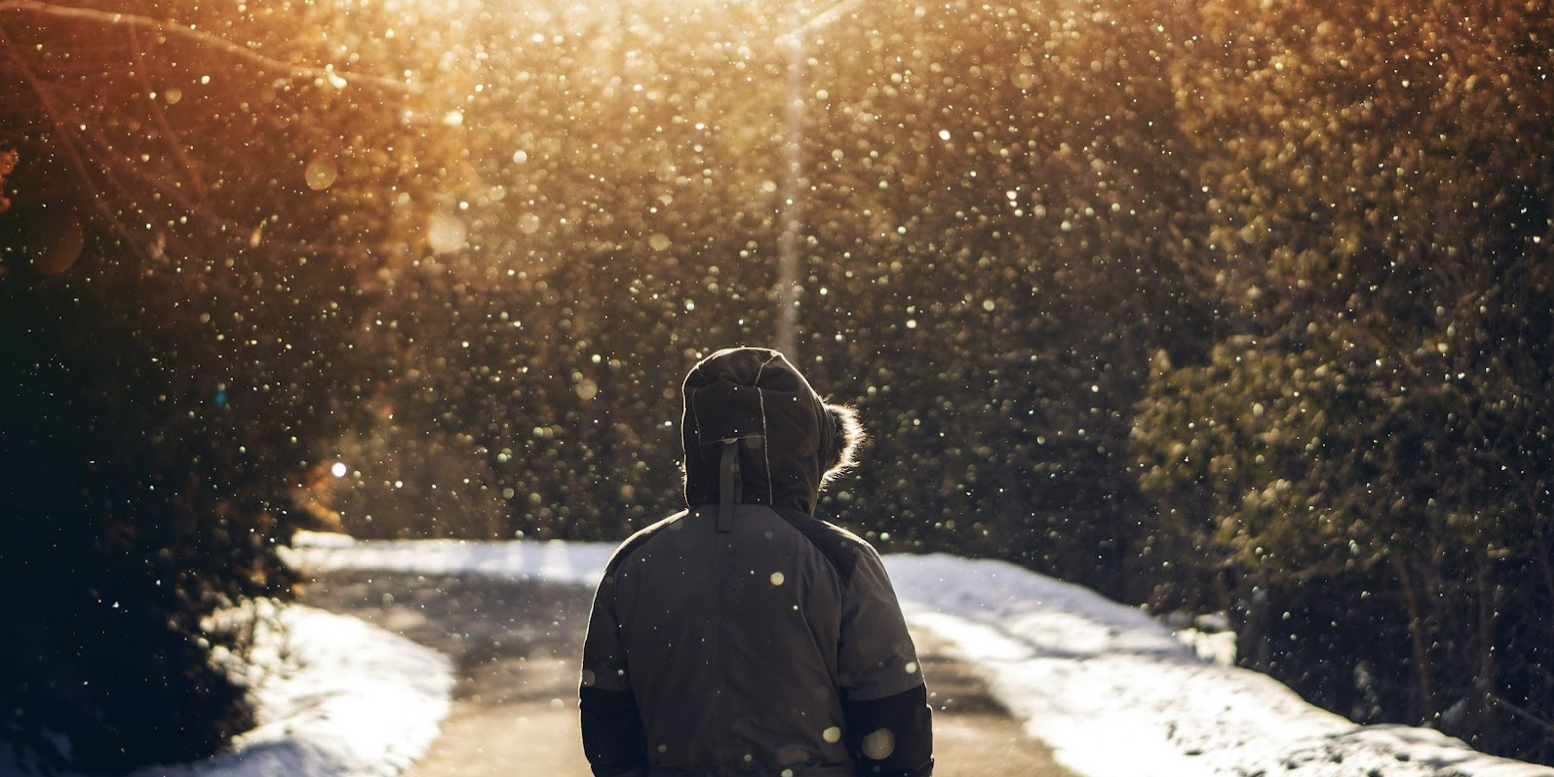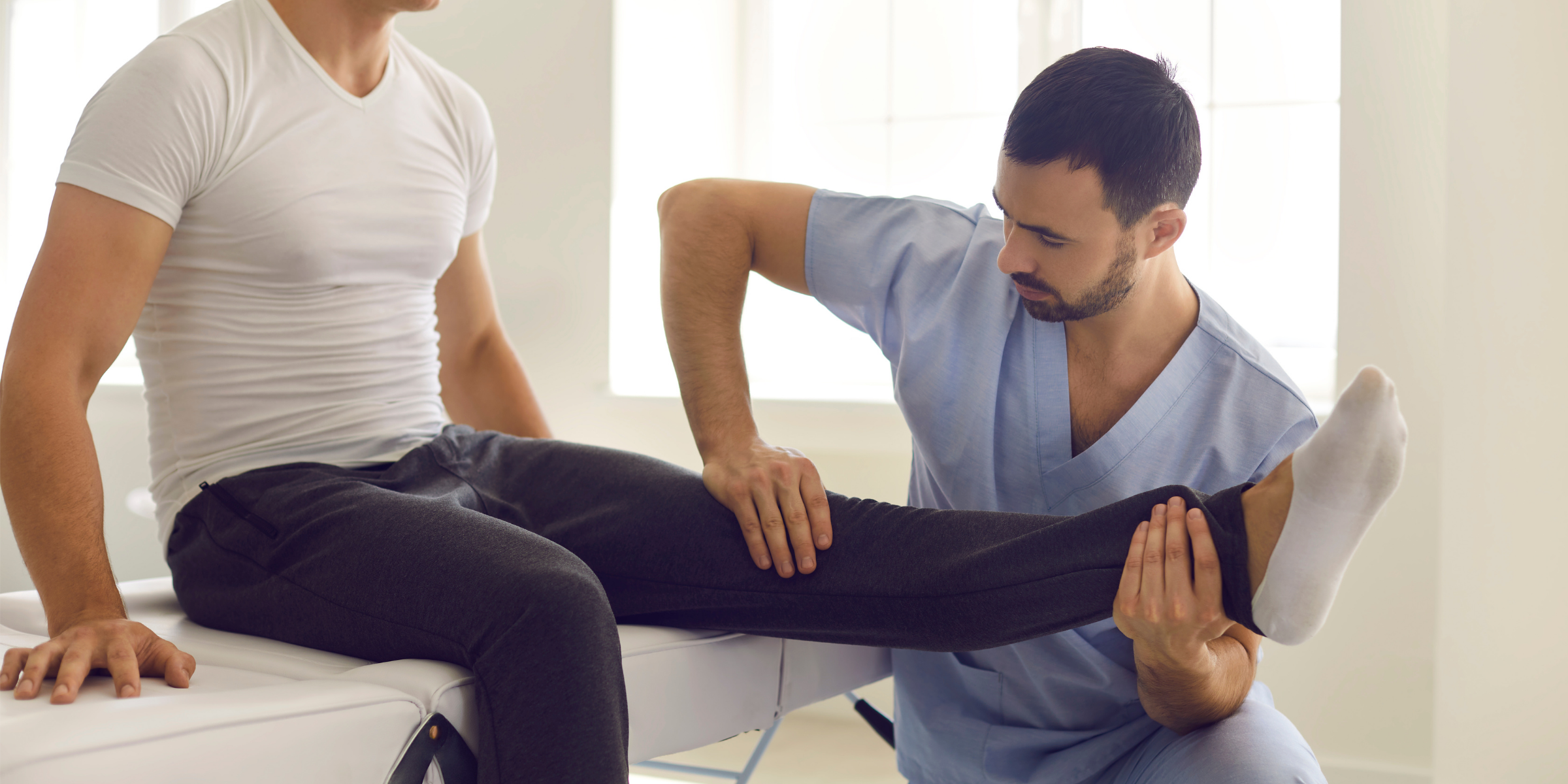The winter months are just around the corner, and with that comes the potential for injuries. Though just because there is a bit of snow or ice on the ground, doesn’t mean we are all destined for an injury!
However, it’s important to keep in mind that with any season, the coldest months present their own set of hazards to watch out for — from slippery sidewalks to head-on snowboard collisions. Being mindful of the potential risks and having a precautionary plan can help make all the difference this season.
Read on as we explore the 5 most common winter injuries and our recommendations to avoid them to help you stay healthy all winter long.
1. Broken bones from slipping and falling on ice
Slipping and falling on ice can be a traumatic experience that can turn your joyful winter season upside down. Though many of these falls are low-impact, meaning that they typically occur from a standing height, they can cause serious damage to our bones, muscles, and joints.
Orthopedic and Sports Medicine Specialist Dr. Brian Shiu explains that every year there is a spike in falls during the winter months causing an astounding number of operative and nonoperative surgical cases.
Among the different types of injuries seen from this, FOOSH injuries, also known as “falling on an outstretched arm” are one of the most common. Due to the mechanics of most winter falls caused by slippery snow or ice, we have the subconscious impulse to extend our arms out in front of us to help “break” our fall. As a result, FOOSH injuries typically lead to fractured wrists or other injuries to the hand.
Other common injuries from slips and falls include:
- Soft tissue bruising and contusions
- Rotator cuff injuries and shoulder separations
- Herniated spinal discs
- Sprained or fractured ankles
- Head injuries and concussions
To help you steer clear of the hospital this winter, make sure to purchase a quality pair of winter footwear, walk in designated areas and cleared pathways, use handrails when possible, and consider wearing a backpack to cushion any potential falls.
If you’ve been injured in an icy fall and need help recovering, our team can help. Using a combination of active rehabilitation and manual therapy techniques, our movement specialists can help you regain strength, mobility, and pre-injury function even after surgery.
2. Muscle strains and back pain from shovelling snow
Shovelling snow can be an intense and laborious physical activity that requires a ton of strength, coordination, muscle activation, and mobility.
Without using proper form, shovelling can result in two forms of injuries:
- Immediate injury such as pulling or tearing a muscle
- Delayed injury such as extreme soreness from over-straining your muscles (i.e. low back muscle soreness)
According to a recent study published in The American Journal of Emergency Medicine, muscle strains and soft tissue tears are found to be some of the most common injuries caused by shovelling. Without proper training to prepare our muscles for this activity, the constant repetition in movement can cause extreme muscle fatigue, overuse, and imbalances that may contribute to injury.
Here are some helpful tips to prevent muscle strains, back pain, or other shovelling-related injuries:
- Warm up your muscles before going out into the cold
- Shovel during warmer times of the day (i.e. avoid first thing in the morning where there is more ice and an increased chance of slipping)
- Shovel multiple times a day to avoid deep snow shovelling
- Use an ergonomic shovel (i.e. adjustable shaft, lightweight material, etc.)
- Maintain good posture, keeping the back in a neutral spine position, and push with the legs and glutes to avoid excessive arm movement
- Take breaks often or when needed
If you’ve been injured in a shovelling-related injury or any other overuse injury for that matter, active rehabilitation can help! Creating individualized programs to target and resolve your symptoms, our team helps you recover faster by improving your physical function, minimizing pain, and reducing future injury risk.
3. Torn ligaments from winter sports
It’s hard not to get excited over the long season of adrenaline-pumping winter sports ahead of us. Whether you’re awaiting a huge dump of fresh powder to hit the ski slopes or a frigid evening of below zero temperatures for some pond hockey, the winter season brings with it a ton of fun activities!
As with any sport, there are risks involved. However, compared to other seasons, winter sports tend to be more dangerous as they rely on uncertain outdoor weather conditions, high speeds, and harder surfaces.
Some of the most common winter sports-related injuries include:
- Concussions
- Dislocated shoulders
- Spinal injuries
- Fractured bones
- Muscle sprains and strains
Above all else, some of the most common winter sports injuries is the dreaded torn ligament. More specifically, knee injuries which are commonly seen in downhill skiing and snowboarding have been known to contribute to a large population of winter injuries.
The knee is made up of four major ligaments which work together to stabilize and balance the joint to make sure it can bend and extend with ease. Since the knee absorbs most of the shock during many of these winter sports activities, one wrong move can cause one or more of these ligaments to tear under force.
Though these injuries are generally out of our control considering we take the risk every time we take part in a winter sport, there are plenty of ways to minimize the incidence. For example, you can reduce your risk of injury by implementing a targeted training program focusing on strength, balance, and range of motion.
If you’ve been injured in a winter sports incident, we are here to help. We provide physical therapy rehabilitation to help stabilize the joint following injury (or surgery) before engaging in a progressive strength and mobility program.
4. Whiplash from car accidents
Due to the icy road conditions throughout the winter months, there is a far higher chance of getting into a car accident compared to any other season. According to the National Collision Database, nearly 30% of all Canadian car accidents occur during snowy or icy road conditions.
Whiplash, which is a painful neck injury caused by a forceful and rapid back-and-forth movement of the neck, is one of the most common car accident injuries. Since winter conditions can cause us to slide or spin out of control due, most whiplash injuries occur due to rear-ending or being rear-ended in a car accident.
Some common symptoms of whiplash include:
- Neck pain and stiffness
- Worsening of pain with neck movement
- Loss of range of motion through the upper back and neck
- Pain or numbness in the arm(s) or hand(s)
- Shoulder pain
- Blurred vision
- Concentration or memory problems
- Dizziness
To protect yourself this winter, it’s important to invest in a good set of winter tires, drive only when you absolutely have to, and avoid driving during extreme cold or snowy days.
If you’ve been injured in a motor vehicle accident that requires rehabilitation treatment, you may be eligible to receive full ICBC coverage for all visits including Kinesiology, Athletic Therapy, and more at Wildewood Health.
5. Concussions from sledding
Concussions are another very common winter injury. Though it can certainly happen from any type of sport or even with a slip and fall on ice, concussions and other head injuries are common sledding injuries – especially in children.
Research looking at both children and adults between the years 2008 and 2017 found that an astounding 220, 488 patients were treated in the emergency departments for sledding-related injuries. Since children accounted for 69.7% of these injuries, they were also found to be more likely to sustain a head injury and be diagnosed with a concussion as a result.
You or your child can prevent sledding injuries by wearing a helmet, checking for obstacles in advance, and avoiding steep or icy hills.
If you’ve been injured in a sledding incident, physical therapy can help. Using active techniques within safe parameters, our rehab specialists are able to relieve concussion symptoms and enhance your long-term physical and mental functioning.
Stay Safe and Healthy this Winter Season
Winter injuries are very common. Taking precautions can make all the difference for your health and well-being this upcoming season.
If you find yourself injured this winter, we encourage you to take advantage of our services at Wildewood Health. Our team of trained Kinesiologists and Athletic Therapists can help address and resolve winter-related injuries. Through a range of injury assessment and rehabilitation practices, these specialists treat bone, joint, muscle, and other soft tissue injuries that may arise this winter.





